Lewis Carroll's Alice's Adventures in Wonderland andits 1871 sequel Through the Looking Glass are two of the most influential works in literature. Since its publication in 1865, Alice's nonsensical journey down the rabbit hole has captivated audiences and inspired creative minds. There's just something about following one's curiosity into an imaginative, faraway land that resonates with people. There are many adaptations of Carroll's books, such as Disney's 1951 animated classic and the more recent Tim Burton live-action movies. But Alice's stories goes far beyond Wonderland and have had an immeasurable impact on literature, philosophy, and pop culture.
The entertainment industry is packed with references to Alice's world-famous adventures, from TV shows like Lost, to Jefferson Airplane's chart-topping song "White Rabbit", to, of course, movies. Some of these films were directly influenced by Carroll's works, similar stories that bring audiences into their own fantastical version of Wonderland. Others feature allusions to the book's most iconic elements, like the White Rabbit, the dreaded Jabberwocky, and even Alice herself. Let's take a look at ten movies that were clearly inspired by Alice's Adventures in Wonderland.
10 Resident Evil (2002)
Although it's based on a video game series, Resident Evil features several allusions to Alice and her Wonderland adventures. The film's artificial intelligence is called the Red Queen, a nod to the decapitation-obsessed Queen of Hearts in Lewis Carroll's book. The Red Queen even uses a laser to chop off people's heads. But wait, there's more. The mansion at the beginning is known as the "Looking Glass House," and one of the movie's characters is killed by an Alice in Wonderland paperweight. Oh, and did we mention that Resident Evil's heroine is named Alice, too?
9 Go Ask Alice (1973)
TV movies count, right? We're going with yes. Go Ask Alice is based on the coming-of-age bestselling novel, which is based on Jefferson Airplane's chart-topping hit "White Rabbit"...which is based on the iconic imagery from Alice's Adventures in Wonderland. Between its hookah-smoking caterpillar and magic mushrooms, people love to associate the Alice books with drugs. Well,Go Ask Alice takes this idea and runs with it. Rather than fall into Wonderland, this young Alice (Jamie Smith Jackson) goes spiraling into a world of sex and hard drugs. This TV movie also stars Captain Kirk himself, William Shatner, a fun fact that really has nothing to do with Alice or Wonderland.
8 Come Away (2020)
Come Away is the Alice in Wonderland story that you've probably never heard of, even though it boasts an all-star cast that includes Angelina Jolie and Michael Caine. The film was inspired by Alice's Adventures in Wonderland, as well as another fantastical children's book: Peter Pan. Its main characters are Alice (Keira Chansa) and Peter (Jordan Anthony Nash), who are siblings living on the outskirts of London. Their adventures parallel many events from the original stories. There's a Hatter, a group of Lost Boys, and a crime boss named Captain James, who gets his hand cut off by Peter. It's an intriguing premise with an equally intriguing finale and establishes a new origin story for the timeless Peter Pan.
7 Coraline (2009)
Neil Gaiman, the creative mind behind adaptations like Good Omens and The Sandman, is one of the most successful authors of our time. And one of his biggest inspirations and favorite books? Alice's Adventures in Wonderland. "Alice was default reading to the point where I knew it by heart," Gaiman has reportedly said. He later went on to create a Wonderland story of his own, which was adapted into the stop-motion animated children's film Coraline. While Coraline is much darker, it's hard to ignore the similarities between these two stories. Both feature a curious, young girl, who follow an animal (Alice's white rabbit is replaced by Coraline's mouse) into a fantastical world. They also both include a witty, talking cat, though Coraline's feline doesn't come with the Cheshire Cat's iconic grin.
6 Malice in Wonderland (2009)
If you couldn't tell from the title, Malice in Wonderland is a loose adaptation of Alice's Adventures in Wonderland. A British fantasy film, it's set in contemporary London and follows a character named -- yep, you guessed it -- Alice (Maggie Grace). Except here, she gets hit by a cab rather than falls down a rabbit hole. As she traverses this frightening and bizarre version of Wonderland, Alice encounters several classic characters, who are given gritty, realistic makeovers. The White Rabbit has been transformed into a cab driver named Whitey (Danny Dyer), and the hookah-smoking Caterpillar is now a chain-smoking drug dealer with different colored eyes.
5 Pan's Labyrinth (2006)
Pan's Labyrinth is arguably Guillermo del Toro's best work. It blurs the line between reality and fantasy, comparing the harsh and unfair ways of adulthood with the innocence and magic of childhood. Written and directed by del Toro, Pan's Labyrinth was influenced by classic fairy tales. One of its greatest inspirations was, of course, Alice's Adventures in Wonderland, and it's not hard to spot the similarities. Both stories follow a curious, little girl into a world of magic, filled with bizarre and potentially untrustworthy characters. Both girls are faced with danger -- though we'd gladly take our chances against Alice's Queen of Hearts over Ofelia's terrifying Pale Man any day.
4 The Matrix (1999)
You knew this one would make the list. One of the greatest sci-fi films ever made, The Matrix makes a number of references to Alice's Adventures in Wonderland. The disillusionedNeo (Keanu Reeves) is told by a mysterious figure to follow the White Rabbit, which ends up being a tattoo on a woman's back. Like with Alice, the White Rabbit puts Neo on a path to another world, one that defies logic and alters his sense of reality. He eventually meets his soon-to-be guru and mentor Morpheus (Laurence Fishburne), who hints to Neo that there may be more to reality than meets the eye.
Before they can go any further, Morpheus extends two open palms, each one holding a different colored pill, and presents Neo with this iconic line and choice: “You take the blue pill: the story ends, you wake up in your bed and believe whatever you want to believe. You take the red pill: you stay in Wonderland, and I show you how deep the rabbit-hole goes.” Suffice to say, Neo ends up taking the red pill and goes plummeting into Wonderland.
3 Jabberwocky (1977)
Terry Gilliam began his filmmaking career by co-directing the comedy classic Monty Python and the Holy Grail. His next movie, and his solo directorial debut, was 1977's Jabberwocky, a fantastical comedy that serves as a sort of cousin to Holy Grail. In case the title didn't already give it away, this film is based on Lewis Carroll's nonsensical poem "Jabberwocky", which appeared in Through the Looking-Glass. Set in medieval times,the story follows a kingdom that's been torn apart by the dreaded Jabberwockyand the warriors who must slay the beast. But unlike Through the Looking-Glass, this movie actually features an appearance by Carroll's iconic monster.
2 Dreamchild (1985)
Not to be confused with Nightmare on Elm Street 5: Dream Child, Dreamchild is a British film and a fictional story about Alice Hargreaves, the real-life girl who inspired Lewis Carroll to create Alice's Adventures in Wonderland. The movie jumps back and forth between the present, where Alice has grown into an old woman, and the past, where she interacts with Lewis Carroll himself (played by The Lord of the Rings' Ian Holm). Dreamchild delves into the pair's relationship and the story behind the story. Although based in reality, the film includes Alice's hallucinations of several iconic characters, such as the Caterpillar, the Mock Turtle, and the Mad Hatter.
1 The Wizard of Oz (1939)
The Wizard of Oz is basically the American version of Alice's Adventures in Wonderland. Thirty-five years after Lewis Carroll's story hit shelves, up-and-coming author L. Frank Baum published his own fantastical children's book called The Wonderful Wizard of Oz. Baum was inspired by the fairy tales of the Brothers Grimm and Hans Christian Andersen. But another major influence was, of course, Alice's Adventures in Wonderland.
Interestingly, Baum didn't love the nonsense in Carroll's story and found it incoherent. But he did agree with Carroll's views that children's books shouldn't contain moral lessons and should be beautifully illustrated and enjoyable to read. Baum took these ideas and used them to craft his own story, which included classic American elements like farming and scarecrows. But aside from that, the stories are pretty much the same. Carroll's fantastical Wonderland is replaced by the wonderful world of Oz, and Alice is replaced by Baum's pig-tailed Dorothy, who's now as iconic and famous as her British counterpart. Baum's book was famously adapted into the 1939 film The Wizard of Oz, which is widely regarded as one of the greatest films ever made.
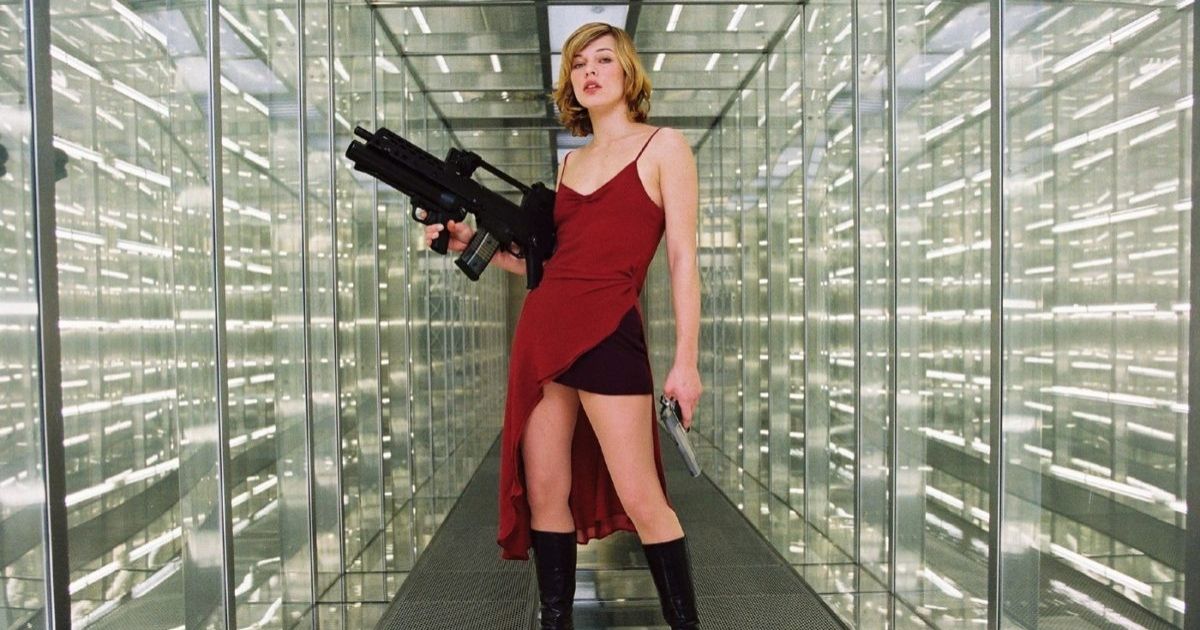
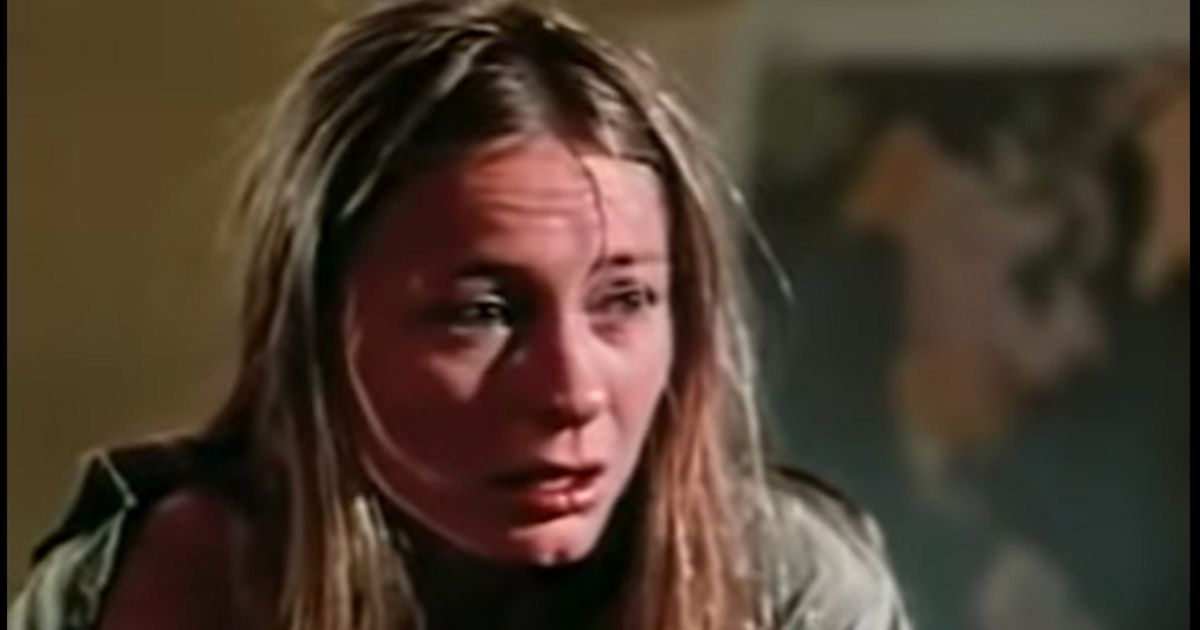
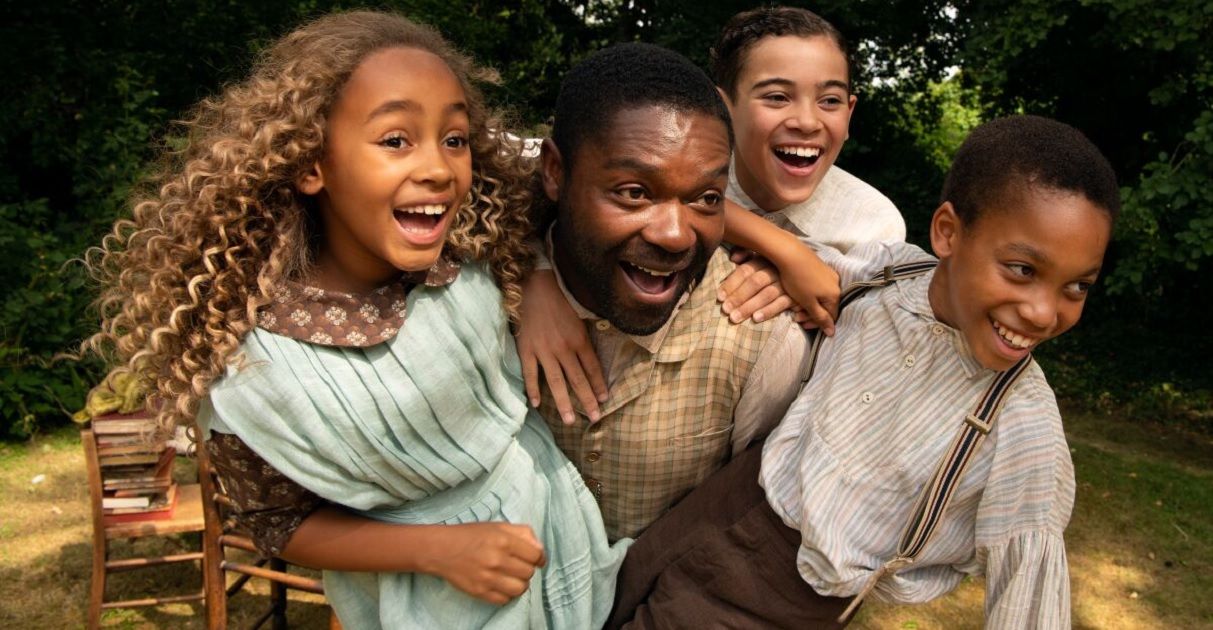
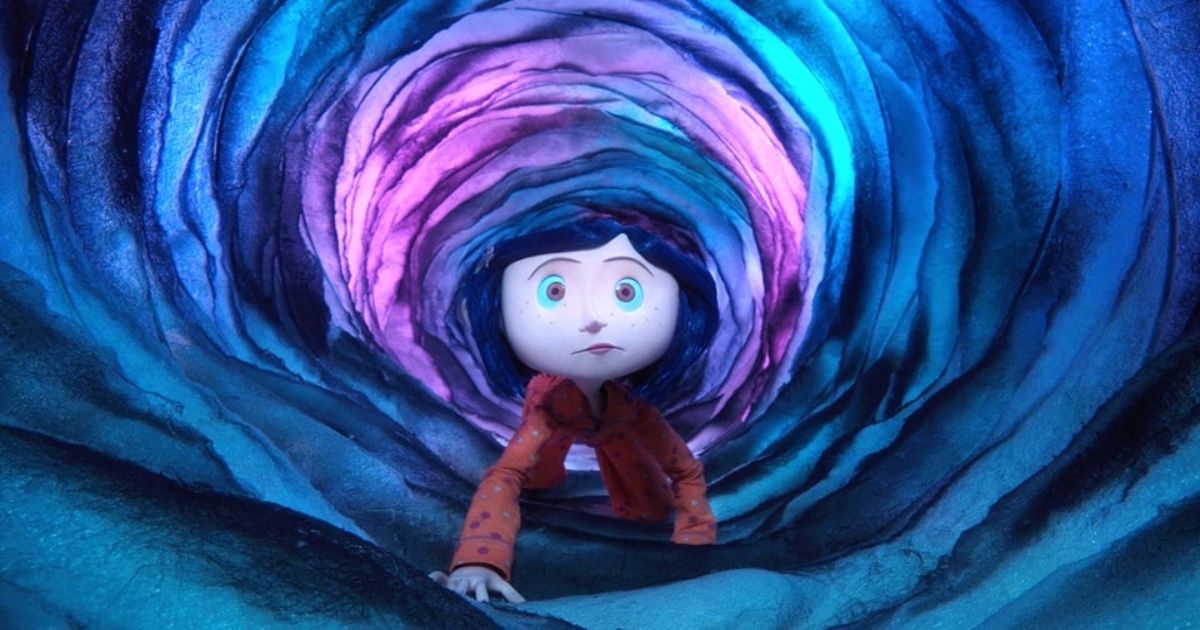

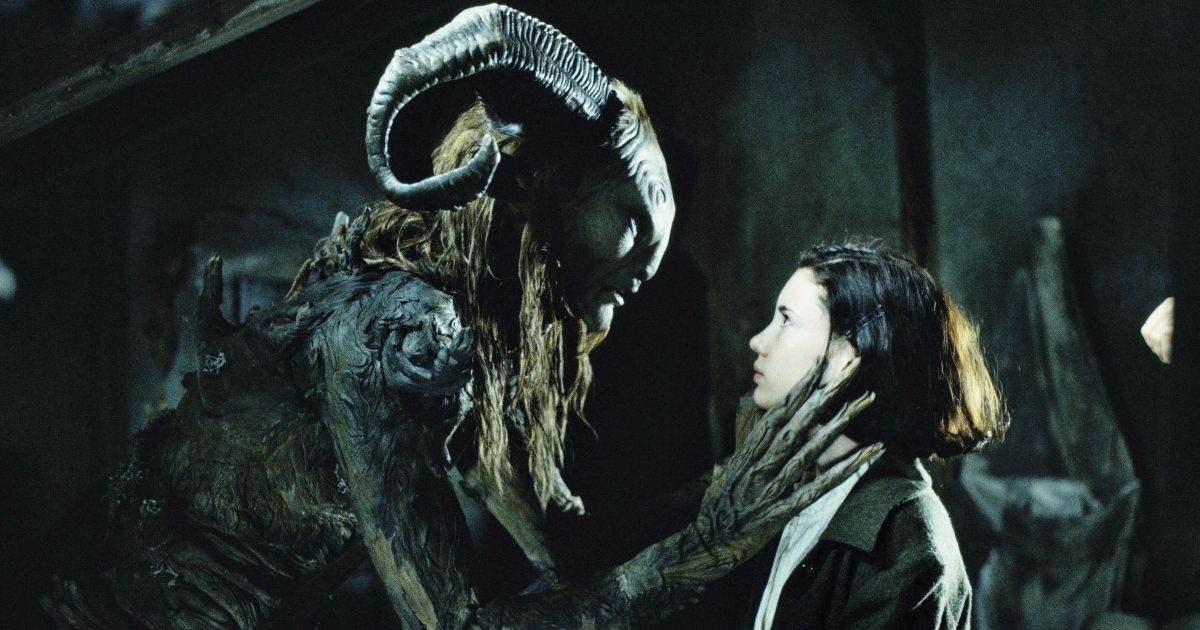
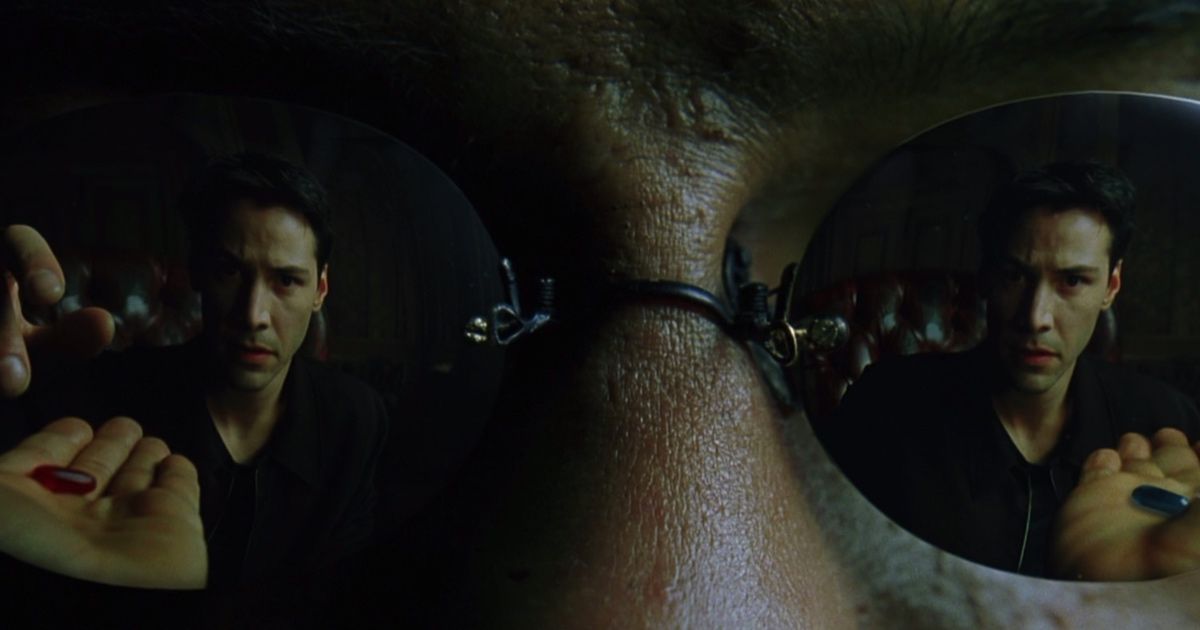
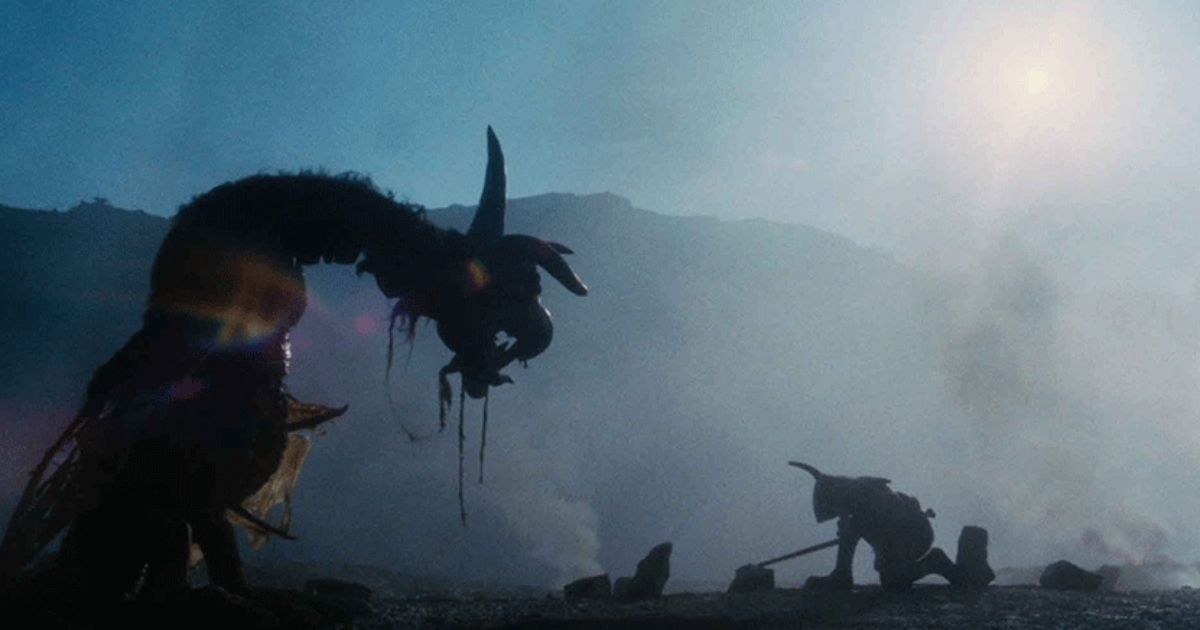


Comments
Post a Comment